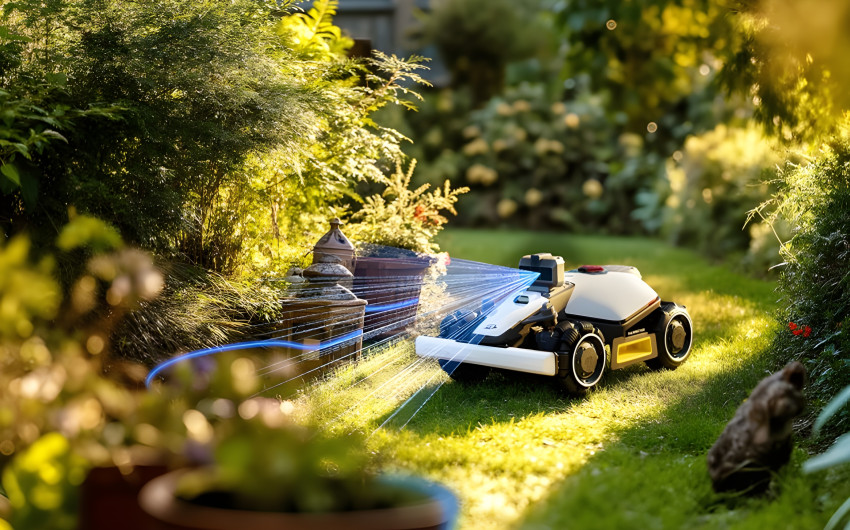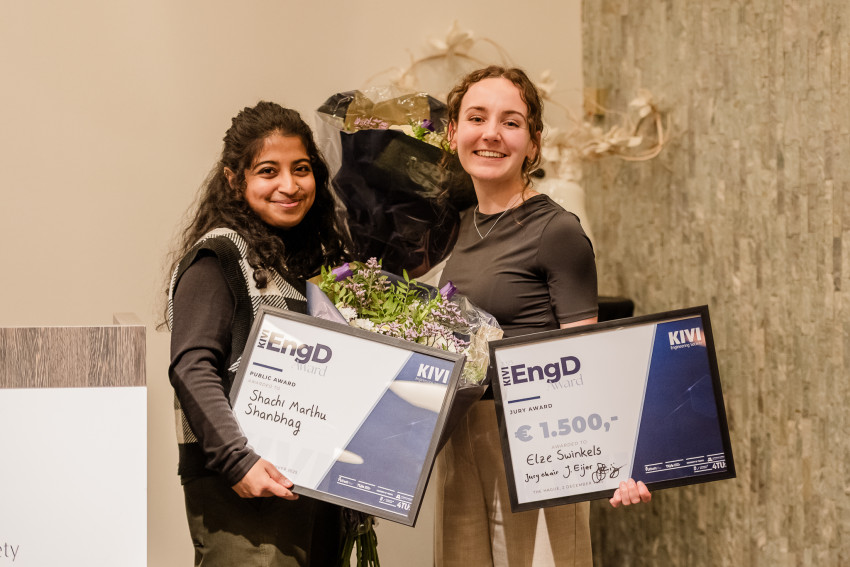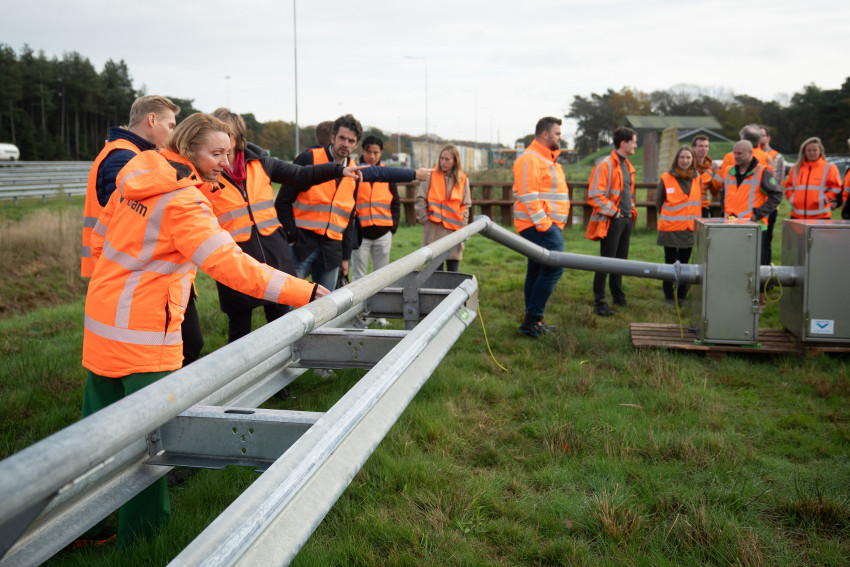
First circular viaduct opened
Secretary of state for Infrastructure and Water Management Stientje van Veldhoven opened the first circular viaduct in the Netherlands on Monday in Kampen. This also represented the starting signal for Circular Economy Week.
At first glance, the viaduct just looks like any other concrete viaduct over which the commuter traffic drives during the construction of the Reevesluis locks in the Drontermeer lake. However, it is a special structure, because when the activities on the locks have been completed, the structure can be fully disassembled and reconstructed elsewhere.
The first circular viaduct in the Netherlands was developed and built by the contractor Van Hattum & Blankevoort, in collaboration with Rijkswaterstaat and prefab-concrete supplier Consolis Spanbeton. ‘The viaduct is built of forty concrete blocks and can be dismantled fully and unscathed. The blocks can then be used immediately elsewhere,’ says Dick Egas, Project Manager at Van Hattum & Blankevoort. ‘They are designed for a lifespan of two hundred years. Most viaducts in the Netherlands are dismantled after thirty to forty years, so the blocks can be used five or six times.’
Circular choice
The viaduct at Kampen has a span of 20 m long and is 7.5 m wide. The substructure is made of traditional sheet piling. ‘That is a conscious circular choice, as these can be removed and used again,’ says Egas.
We only have one earth, stressed Van Veldhoven in her speech. ‘And raw materials are scarce, so we have to make do with what we already have. The reuse of materials is the future. This also represents a contribution to the climate objectives of our current Cabinet. From now on, our raw materials will come from the dustbin rather than the oil drum.’

The superstructure comprises separate concrete blocks of 2.5 m long, 1.5 m wide and 1 m high. The blocks contain holes through which run prestressing tendons. By tensioning these cables, the blocks form girders. These beams are brought to the construction site on trucks. ‘There they are laid side by side, after which the transverse prestressing is applied. As with the concrete blocks, the prestressing tendons can be used again after disassembly.’
Transferring forces
One of the major challenges was to make an effective bond between the blocks. ‘To ensure the proper transfer of forces between the blocks, one option we examined was epoxy,’ explains Egas. ‘But it would then be very difficult to separate the blocks from each other when dismantling. What's more, the epoxy that is scraped off is genuine waste, so it's not a circular solution. Ultimately, we opted for a cement-bonded casting mortar. This allows us to fill the joints between the elements fully. The material is suitable for transferring the forces. When dismantling the viaduct, the material is released and can be collected. The amount is marginal, as the joints are just 5 mm wide. Unfortunately, this material is not reusable. In the follow-up process, we will be examining whether there is a circular solution for this part too.’
The three collaborative partners will be monitoring the behaviour of the circular viaduct closely over the coming months. They will also be including the test data when further developing this concept.
The Circular Economy Week is an annual national campaign week organised by Nederland Circulair!, with the aim of encouraging Dutch businesses to operate in a more circular way.
Text: Judith Robbe
Image: Rijkswaterstaat
Read more: Our Dossier Nederland Circulair contains many articles and news items on circular initiatives in the Netherlands.
If you found this article interesting, subscribe for free to our weekly newsletter!







